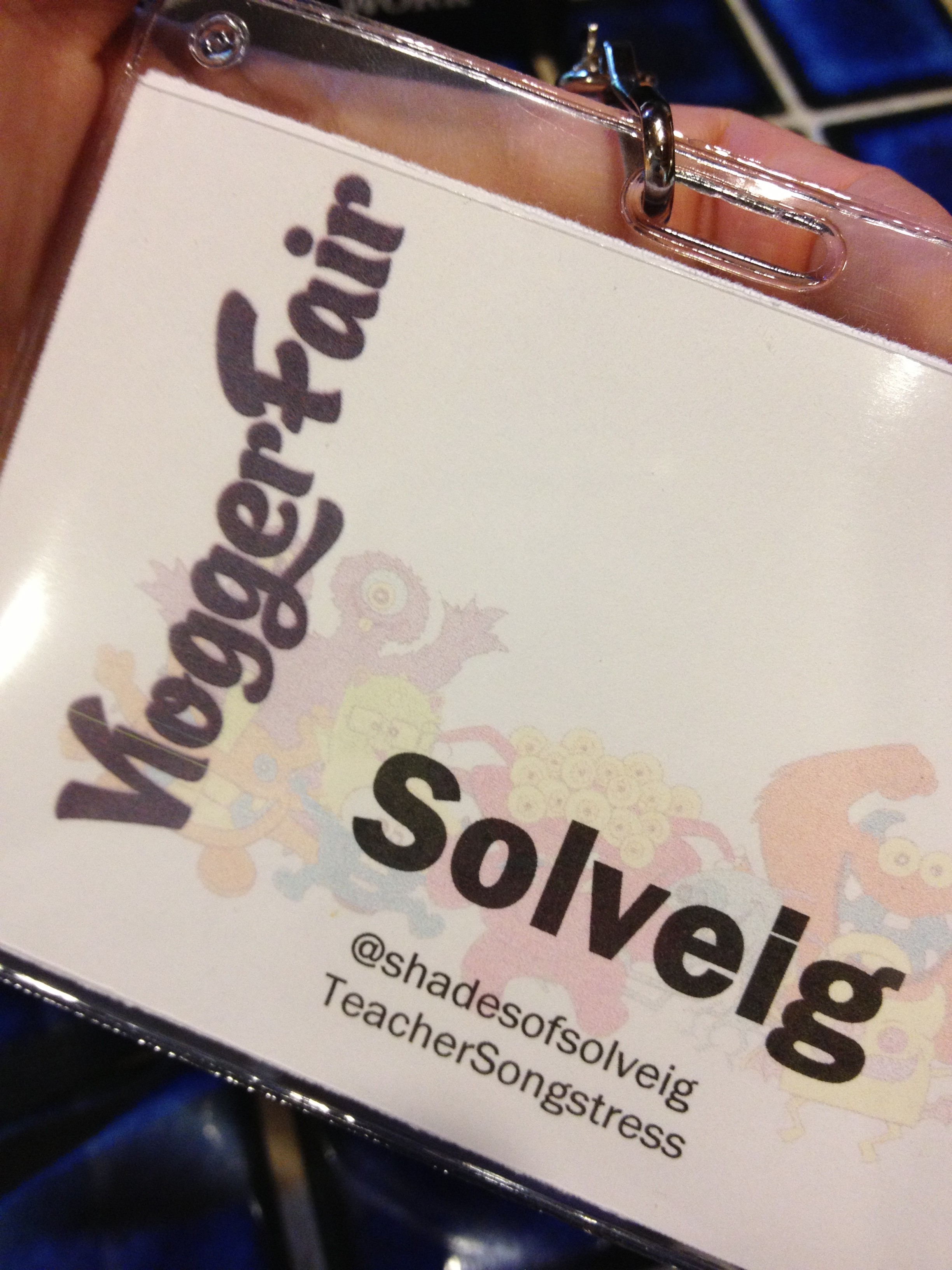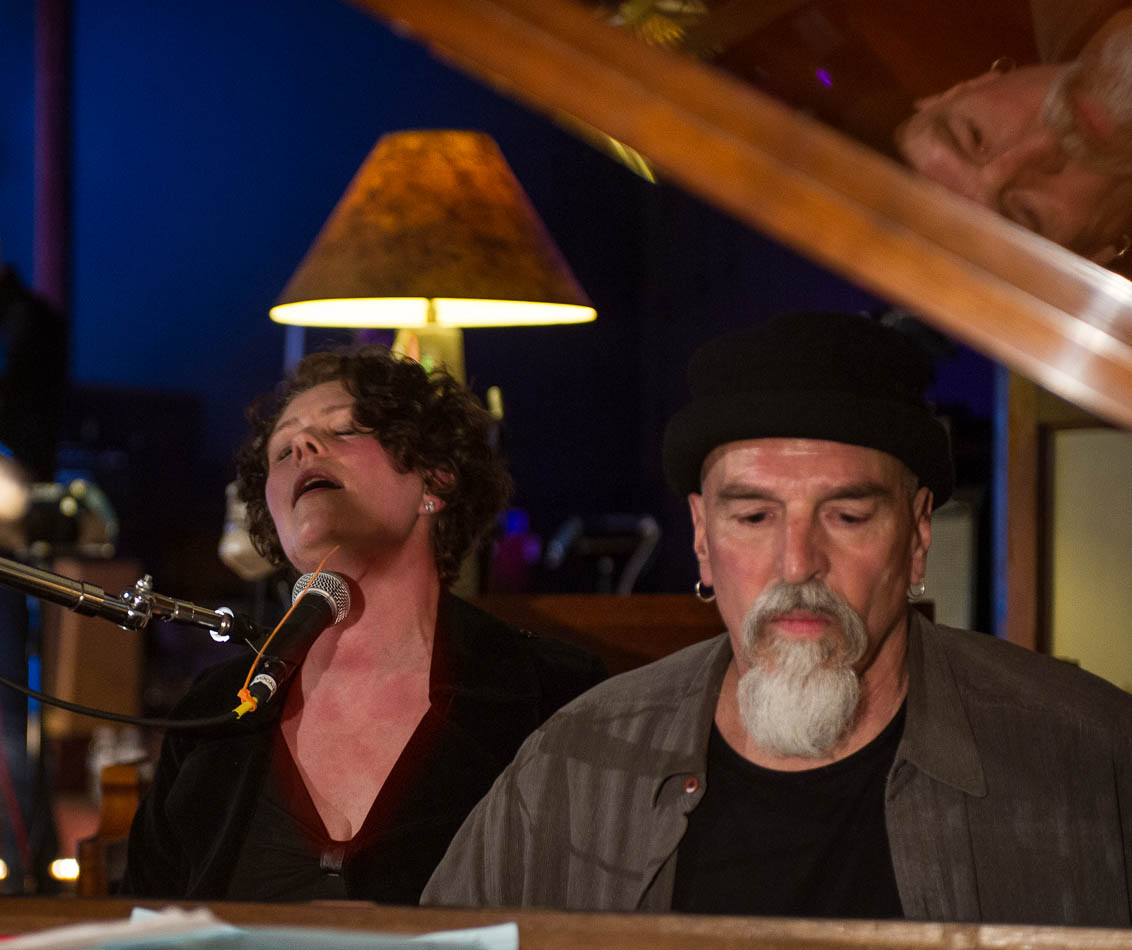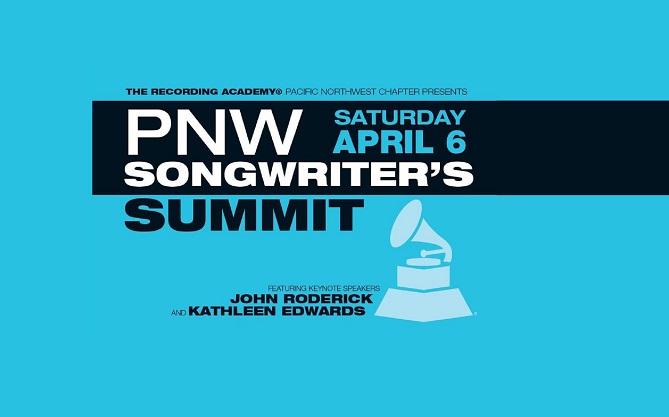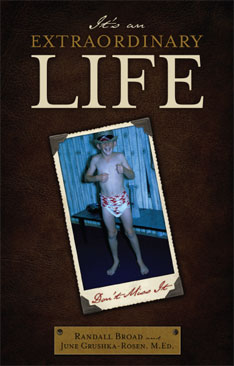Vlogging is an increasingly popular communication medium, and I think it’s a largely underutilized way for indie musicians to communicate with fans, perform live, do interviews, build their YouTube subscribers, and share information about themselves and their lives. Musicians might even find it an unexpected source of additional income.
What is vlogging, you may ask? Vlogging is a contraction of the phrase “video blogging.” Vlogging is what happens when you publish regular, serialized video episodes on YouTube and people “tune in,” or subscribe, to your YouTube channel to watch. Vloggers, some of them quite young, but many of every age, are making a living doing this. If they offer interesting content, and can build a good subscriber base, it can be a very good living for some of the superstars of vlogging. Vloggers provide the content, people subscribe to watch it, and advertisers sell ads on their YouTube channels through the partner program.
Chris Pirillo’s VloggerFair 2013 In Seattle
I just attended VloggerFair here in sunny Seattle. VloggerFair is a combination trade show and giant fan club convention conceived and organized by the fast-talking and very creative Chris Pirillo. Chris is the star of the YouTube channel LockerGnome, a “Geek Lifestyle” channel with 288,000 subscribers. In addition to his fast-paced LockerGnome tech gadget reviews, Chris and his wife, Diana, also vlog about their day to day lives in what amounts, more or less, to a reality TV show on YouTube.










